For centuries, the Romans were the pinnacle nation of the world. But then, things began to fall apart.
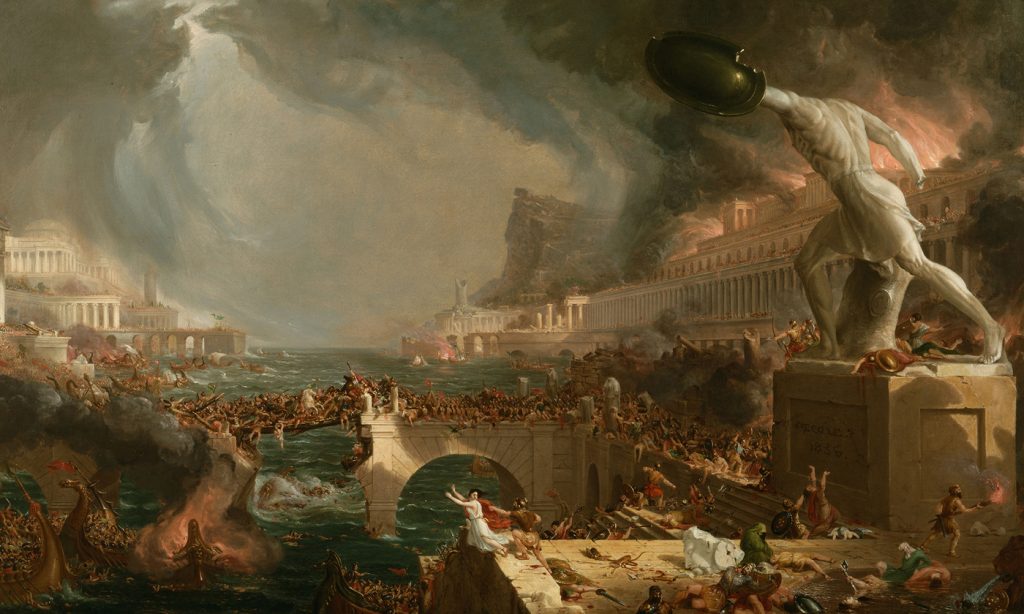
Table of Contents
Loading...
Too Far a Distance
One of the core issues was Rome’s inability to communicate effectively over long distances.
It’s one thing to be able to instantly pick up your radio to get a message to a friend on the other side of the nation, but for the Romans, if you wanted to tell somebody that the Goths were invading, you had to send a messenger by horse or by sea.
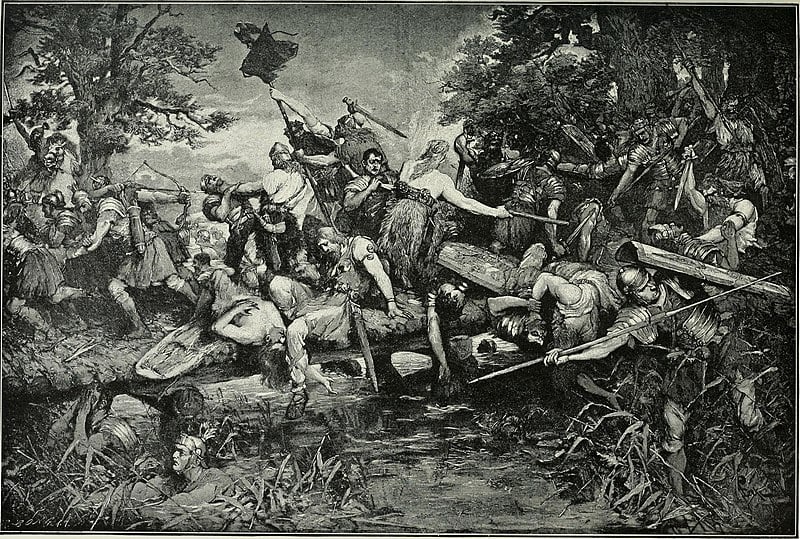
This allowed the barbarians plenty of time to get a foothold in whatever area they were attacking before they had to worry about Roman retribution.
Rampant Inflation
One of the ways that Rome sought to counter this was by excessive military spending. If you already have troops where the attack occurs, you can nip it in the bud.
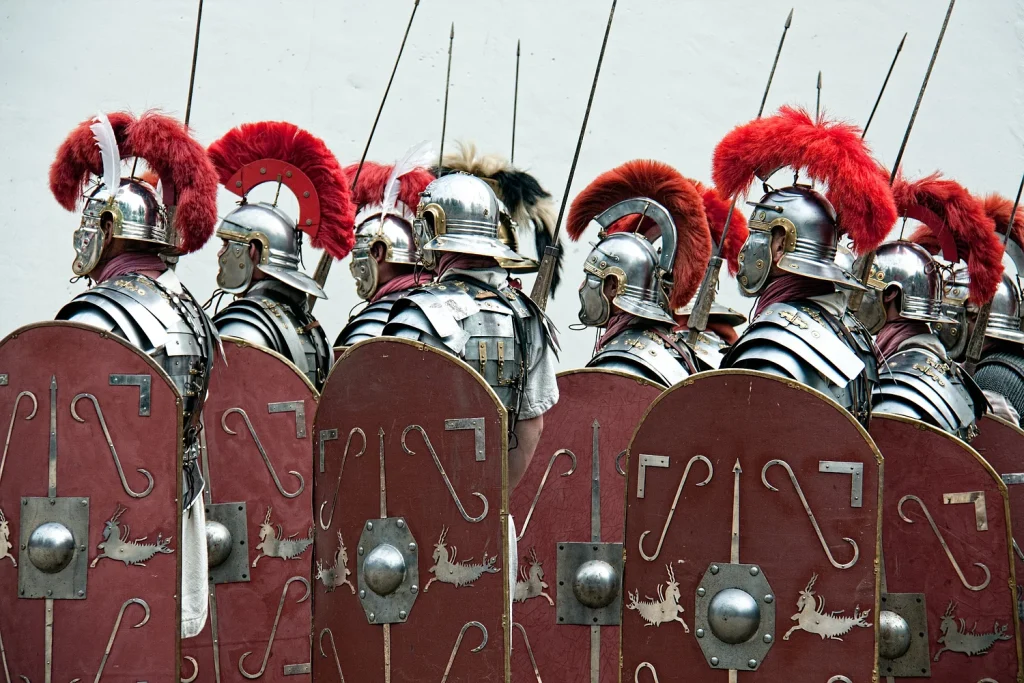
However, it took a lot of money to keep a standing army at the ready throughout the entire area surrounding Italy. And to raise that money? Rome blasted its people with high taxes.
Then, Rome realized it could debase its own currency, putting less precious metal in its coinage to pay the bills. This, in turn, led to inflation throughout the empire.
By the time 268 AD rolled around, the silver denarius had dropped from 95% silver to only 0.5% silver.
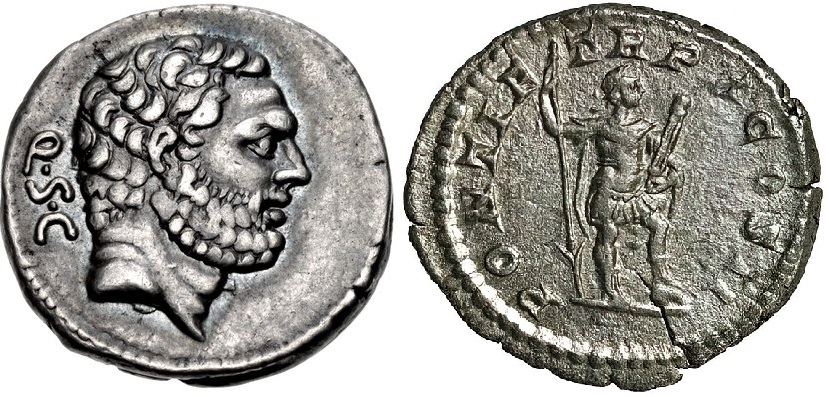
Attack After Attack
Rome was constantly under attack or at war for a number of reasons. But it was the ever-present signs of weakness that caused other nations to move in for the kill.
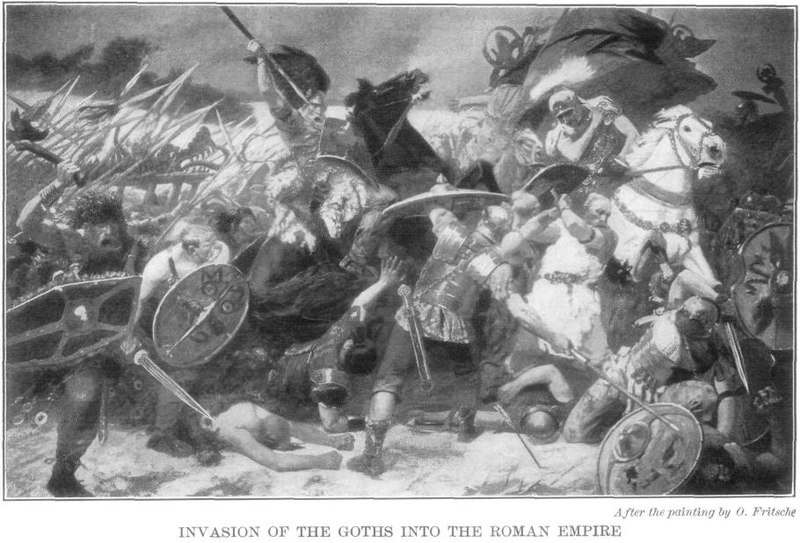
As a result, the Vandals ended up taking Northern Africa away. At the same time, the Visigoths fought in Spain, and the Italian Alps served as a staging ground for other barbarian hordes.
The skyrocketing costs of maintaining the Roman military soon led to the widespread hiring of mercenaries as a cheaper alternative. Roman soldiers began refusing to wear armor, and a general lack of poor combat training plagued the army.
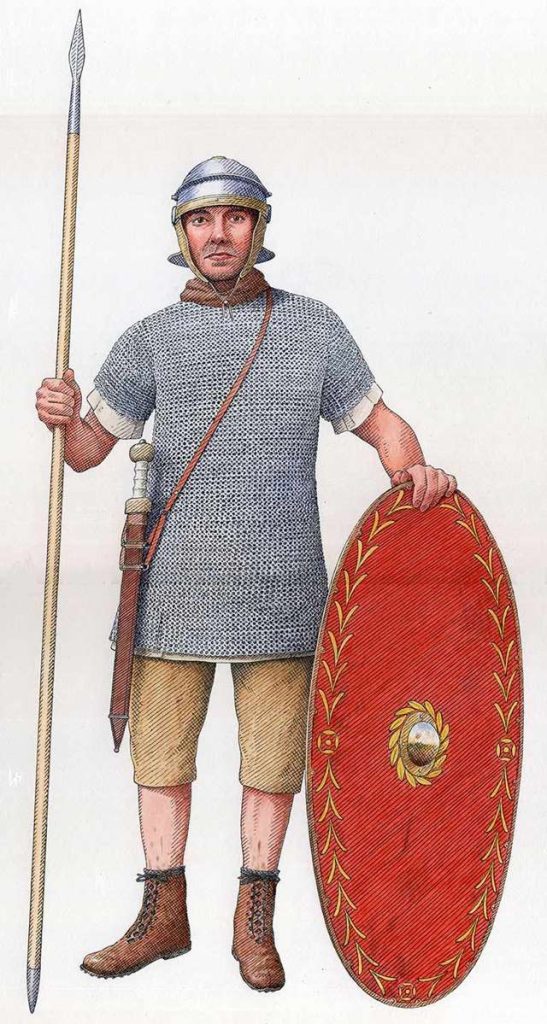
All of these factors led to an increased likelihood of soldiers fleeing battles in the midst of a fight.
Internal Conflict & Civil War
The rampant slave trade, inflation, war, corruption, and other issues led to immense civil unrest. Civil wars soon became a semi-regular occurrence, The Gladiator War being just one of these.
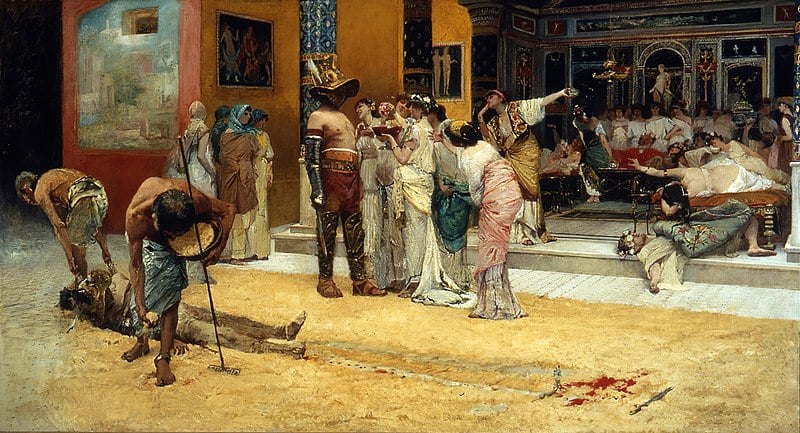
Corruption
Monetary and military issues aside, there were legitimate shortcomings within the Roman Empire. So much so that historian Edward Gibbon actually believed it was the chief cause of Rome’s fall.
Bribery and government corruption became rampant, but murdering political opponents seemed to be a way of life in ancient Rome, particularly in the later years of the empire.
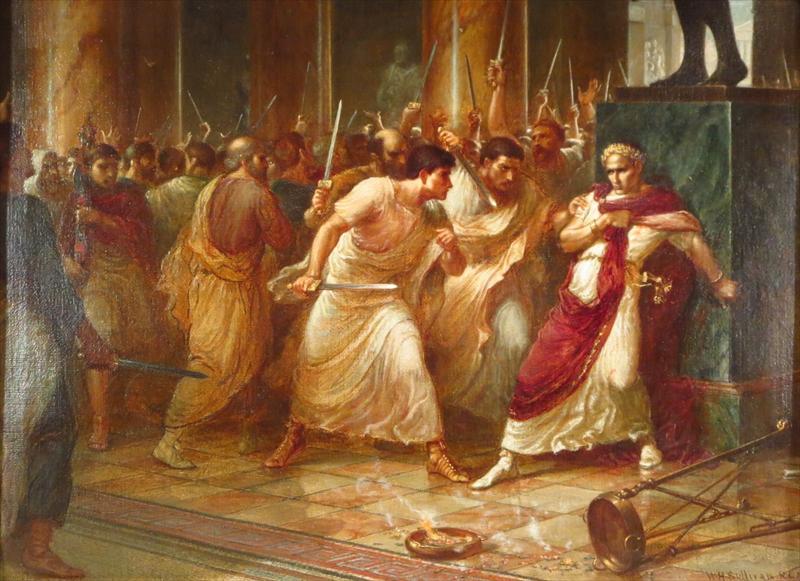
This mindset would lead to Shakespeare’s famous quip, “Et tu, Brute?” as Julius Caesar is stabbed to death by his best friend, Brutus.
The Death of Rome
Things finally came to a head in 476 AD when the Germanic Barbarian Odoacer deposed Emperor Romulus Augustus.
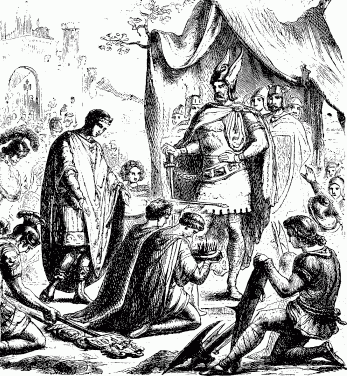
What had once been one of the strongest empires the world had ever seen fell.
This is a new style of article for Pew Pew Tactical, if you liked it — let us know in the comments! If you didn’t enjoy it…well phooey. To catch up on previous Pictures from History, click on over to our History Category.
The post A Picture from History: The Collapse of Rome appeared first on Pew Pew Tactical.